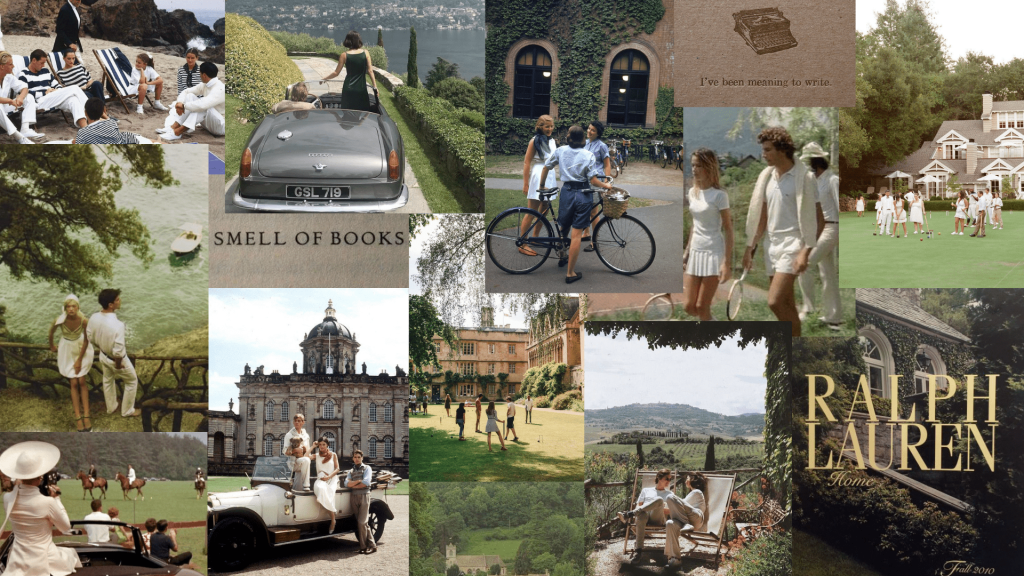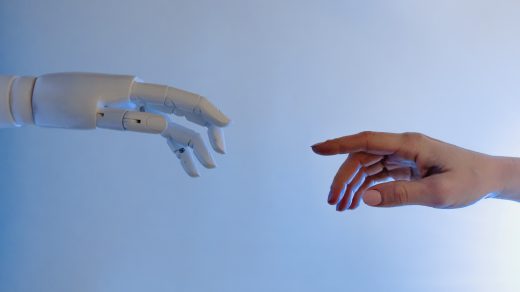After the pandemic, “old money” iconography has invaded social media, particularly TikTok, Pinterest and Instagram, platforms based on visual content. The old money trend describes a particular fashion, design, and lifestyle, inspired by wealthy families, prevalently English, of the mid 20th century. Timelessness, classic, elegance and discretion are the values the style aims to embody.
The historical origin of the term “old money”
In Europe the concept of old money (“old” refers to financial status and property heritage passed on from generation to generation) has been tied for centuries to aristocratics, who inherited wealth through land possessions and noble titles passed on from their ancestors. The phrase “old money” in this context, has been attributed by the public opinion a dual meaning: on one hand it symbolises solid traditions and alluring distinctiveness, on the other, unmerited privilege, followed by an elitist, and slacking attitude towards concrete work.
The digital rebirth
The old money look has achieved immense popularity during the last years, embraced by celebrities and content creators, which display and assemble in their outfits of the day emblematic fashion elements of the style, such as neutral colour hues, cashmere turtlenecks, tailored coats, and leather loafers. In addition, an understated home interior characterised by heirlooms, and “exclusive” leisure activities, like equestrian sports, sailing, golf, tennis, reading philosophy and art collecting compose the aesthetic.
However, if the style has existed for decades, what has caused its recent digital valorisation?
In times of economic uncertainty, a contemporary condition increased by inflation and unemployment in many countries, the durability of everyday items, such as clothing and furniture becomes a crucial requirement, opposing the incessant production and purchase pattern generated by fast-fashion. This last, conceals 16 hour shifts for labourers, unsafe working conditions, and the exploitation of natural resources, which prompts our consciousness to opt for more sustainable options, like few yet high quality garments .
Although, old money fashion has often been criticised for being inaccessibly expensive, it is also true that in spite of the generally non-indifferent cost of single items, a good quality wardrobe has a longer life, and better probability of resisting the washing-machine’s repeated beating due to the premium quality materials, hence resulting in the same economic investment of cheap clothing (or an inferior one…).
Many users on social media have showcased nostalgia for the past, and advocated a return to vintage in many aspects of life, including fashion and design. Or else, using the last two forms of expression, as an easily accessible vehicle that aids to mentally conceive, by “literally entering the character”, the idea of a more slow-paced lifestyle, that includes active or intellectual hobbies, that supposably foster meaningful social connections. A way to live that well-fits with the old money mood boards found on Pinterest (of course professionally staged and idealised to extreme).
Comparison with the new money aesthetic
One of the most effective ways to understand a concept remains comparison with its opposite, in this case: the new money wave. Flashy logos, temporary fashion trends, and exuberant displays of wealth determine the new money aesthetic, contrasted to the “quiet luxury” of old money.
The consumer behaviour analysis of the two are, as expected, very diverse. The new money consumer invests in what can be instantly categorised as expensive, whereas the old money one purchases with a frame-work of preservation of quality and aesthetic appeal through time. Neither of the aesthetics is better than the other, and must be necessarily strived for, but both represent cultural ramifications of social phenomenons, that are interesting to observe to better understand society. In my opinion, the unapologetic creative expression of new money and the ethics of durability of old money are the most treasurable aspects of the opposing styles.

https://wallpaperaccess.com/old-money-aesthetic#google_vignette



It is interesting how “new money” is sometimes used as a kind of insult, even though, in many cases, new money is earned through hard work, while old money often comes from inherited money. That said, I get that it’s just a name for a style, and anyone, whether they’re new money or not, can embrace the old money aesthetic. However, I do think a lot of people who are into the old money look today are following it more for the trend rather than the values it represents. For example, many probably would not care if their turtleneck is real cashmere or just looks like it, as long as it fits the aesthetic